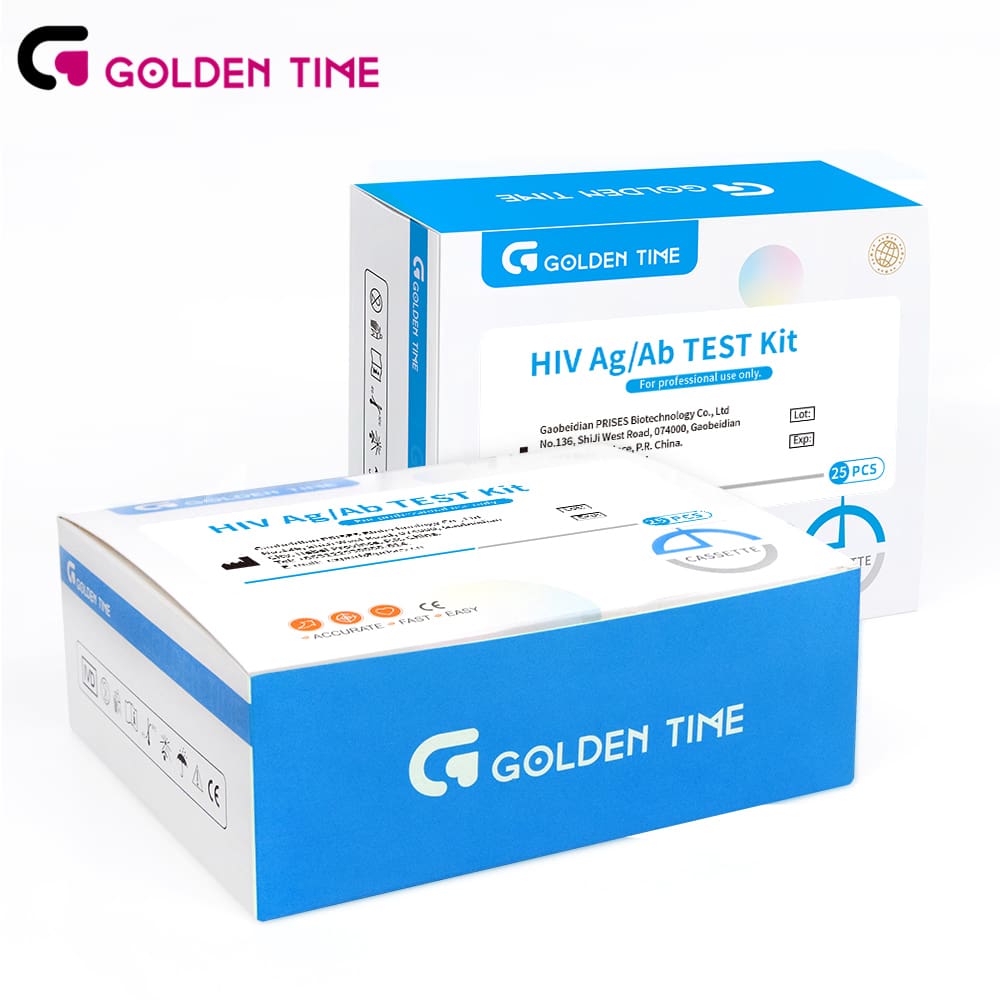Aug . 07, 2024 12:50 Back to list
Advancements in Rapid Testing Techniques for Efficient Diagnosis of Malaria in Endemic Regions
Rapid Malaria Diagnostic Tests A Critical Tool in Global Health
Malaria continues to be a major public health challenge in many parts of the world, particularly in sub-Saharan Africa, where the disease burden is the highest. Traditional methods of diagnosing malaria, such as blood smears and microscopy, while effective, can be time-consuming and require trained personnel. This is where rapid malaria diagnostic tests (RDTs) come into play, offering a crucial advancement in the fight against this disease.
Rapid Diagnostic Tests are immunochromatographic assays designed to detect specific malaria antigens, providing results in a matter of minutes. These tests have been instrumental in improving case detection rates, particularly in remote and resource-limited settings where access to laboratory facilities and skilled technicians is often limited. The speed and simplicity of RDTs enable healthcare providers to make quicker treatment decisions, which is vital in managing malaria effectively and reducing morbidity and mortality rates.
One of the key advantages of RDTs is their ease of use. They require minimal training to administer, making them accessible to a wider range of health workers and even community health volunteers. A typical RDT involves a simple procedure a finger prick is performed to collect a small blood sample, which is then placed on a test strip. Within 15 to 20 minutes, healthcare workers can interpret the results. This rapid turnaround time is particularly important in high-transmission areas where timely interventions can significantly impact patient outcomes.
Furthermore, RDTs can be stored and transported without the need for refrigeration, making them particularly suitable for deployment in remote and rural areas where cold chain logistics are challenging. This characteristic ensures that healthcare providers always have access to diagnostic tools, regardless of their geographical limitations.
rapid malaria diagnostic tests

Despite these advantages, the implementation of RDTs is not without challenges. The accuracy of rapid tests can vary depending on the quality of the test kits and the prevalence of various malaria species in different regions. False-positive or false-negative results can lead to misdiagnosis, resulting in inappropriate treatment and a potential increase in drug resistance. Therefore, it is crucial to ensure that the RDTs used are rigorously evaluated and certified for efficacy and specificity before deployment.
Moreover, while RDTs have made significant strides in diagnosing malaria, they should not replace traditional microscopic examination in all cases, especially in settings where microscopy is available and feasible. Instead, RDTs should complement existing diagnostic methods, creating a robust and comprehensive approach to malaria diagnosis and treatment.
The World Health Organization (WHO) has recognized the importance of RDTs and recommends their use alongside microscopy for malaria diagnosis. The organization also emphasizes the need for continued research and development to enhance the sensitivity and specificity of these tests, as well as to expand their use in detecting other malaria-associated parasites and mixed infections.
In conclusion, rapid malaria diagnostic tests are a game-changer in addressing the burden of malaria globally. By providing quick, accurate, and user-friendly diagnostic capabilities, RDTs empower healthcare workers to identify and treat malaria cases promptly, ultimately contributing to the reduction of malaria's impact on public health. As we continue to combat this age-old disease, the integration of innovative diagnostic technologies like RDTs will be essential in achieving global health goals and enhancing the quality of care for affected populations.
-
Dengue NS1 Rapid Diagnostic Test Kit
NewsMar.07,2025
-
Dengue NS1 Rapid Diagnostic Test Kit
NewsMar.07,2025
-
Dengue NS1 Rapid Diagnostic Test Kit
NewsMar.07,2025
-
Transferrin Rapid Test Cassette Tumor Marker TF Card
NewsMar.07,2025
-
Malaria Pf Pan Rapid Diagnostic Test Kit
NewsMar.07,2025
-
malaria pf / pan ag rapid test
NewsMar.07,2025

